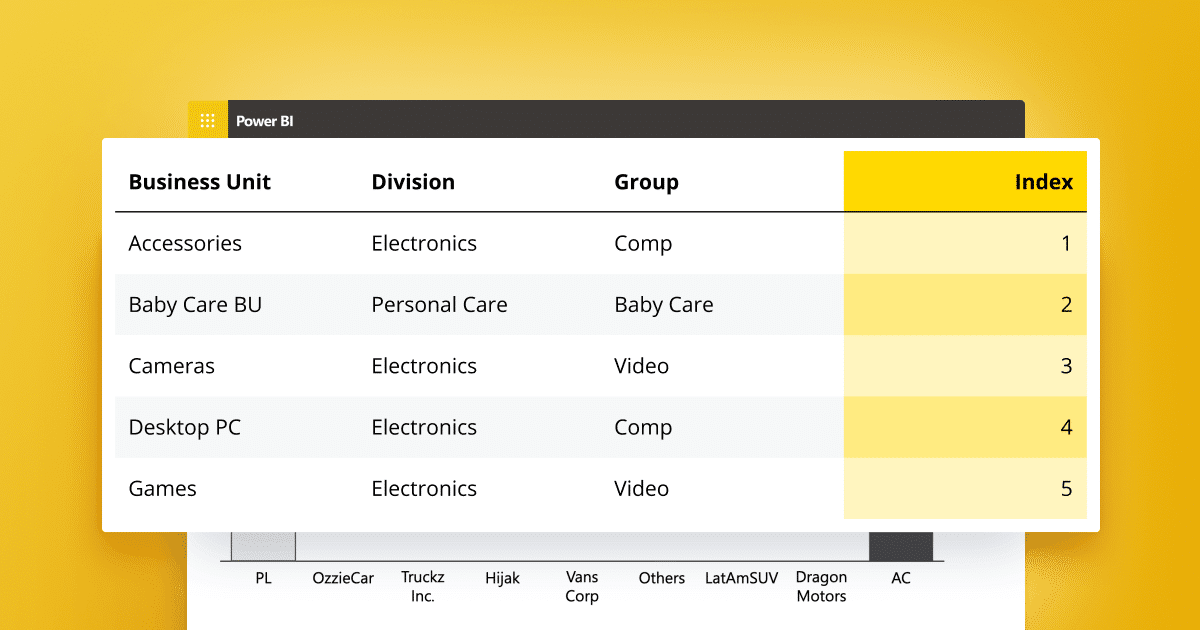Considerable Slowdown Predicted For US Economic Growth: Deloitte

Table of Contents
Deloitte's Forecast: Key Findings and Methodology
Deloitte's recent report projects a significant deceleration in US economic growth. While the exact figures vary depending on the specific model used, the consensus points to a notable drop in the Gross Domestic Product (GDP) growth rate. Their methodology relies on a combination of sophisticated econometric modeling, incorporating various macroeconomic indicators and incorporating qualitative assessments from surveys of business leaders and consumer sentiment data.
-
Specific percentage decrease in GDP growth predicted: While the exact percentage varies slightly based on the model, a decrease of between 1.5% and 2.5% in annual GDP growth is projected for the next year.
-
Timeframe of the projected slowdown: This projected slowdown is anticipated to span the next 12-18 months, with the most significant impact felt in the latter half of the year.
-
Key economic indicators used in the analysis: The analysis considers several key indicators, including inflation rates (CPI and PCE), consumer spending patterns, unemployment figures, housing starts, manufacturing output, and business investment.
-
Limitations and uncertainties associated with the forecast: It's crucial to acknowledge that economic forecasting involves inherent uncertainties. Unforeseen geopolitical events, changes in consumer behavior, and unexpected shifts in government policy could alter the trajectory of US economic growth. Deloitte's report highlights these limitations and offers a range of potential outcomes.
Factors Driving the Projected Slowdown in US Economic Growth
Several intertwined factors are driving the anticipated slowdown in US economic growth. These headwinds are creating a complex and challenging economic environment.
-
Inflation: Persistent high inflation, fueled by factors such as supply chain disruptions and increased energy prices, is significantly impacting consumer spending and business investment. High inflationary pressures are forcing businesses to raise prices, reducing consumer purchasing power and dampening demand. The resulting cost-push inflation further exacerbates the problem. Aggressive interest rate hikes by the Federal Reserve are aimed at curbing inflation but risk triggering a recession.
-
Interest Rate Hikes: The Federal Reserve's response to inflation through aggressive interest rate hikes and quantitative tightening is increasing borrowing costs for businesses and consumers. Higher interest rates make it more expensive to finance investments, mortgages, and other loans, slowing down economic activity. The impact of this monetary policy shift on US economic growth will continue to be felt in the coming months.
-
Geopolitical Uncertainty: The ongoing war in Ukraine, along with other geopolitical tensions, continues to disrupt global supply chains and drive up energy prices. This geopolitical uncertainty contributes to inflationary pressures and further dampens business confidence, impacting investment and US economic growth. The volatility in global supply chains adds to the challenges businesses face.
-
Consumer Confidence: Declining consumer confidence, driven by inflation and uncertainty about the future, is leading to reduced consumer spending. This decrease in consumer sentiment and changes in spending habits are significant factors impacting overall US economic growth. Weakening purchasing power due to inflation is further reducing consumer demand.
Impact on Specific Sectors
The projected slowdown in US economic growth will disproportionately impact certain sectors.
-
Housing Market: Higher mortgage rates, a direct consequence of interest rate hikes, are cooling the housing market slowdown, leading to decreased home sales and construction activity. This sector is highly sensitive to interest rate changes.
-
Manufacturing: The manufacturing sector is experiencing challenges related to supply chain bottlenecks, increased input costs (due to inflation), and reduced consumer demand. This is leading to decreased manufacturing output and investment.
-
Technology: The tech sector, after a period of rapid expansion, is experiencing a correction. Factors such as reduced venture capital funding and decreased tech spending are contributing to tech layoffs and a slowdown in growth.
Potential Implications and Mitigation Strategies
A significant slowdown in US economic growth has several potential implications:
-
Increased Unemployment: A reduction in economic activity often translates into higher unemployment rates, impacting the job market and creating economic hardship for many. The labor market will likely face significant challenges.
-
Reduced Consumer Spending: Lower consumer spending, driven by reduced purchasing power and uncertainty, will negatively impact retail sales and overall economic activity, creating a feedback loop that further slows down US economic growth.
-
Government Response: The government may implement fiscal policy measures, such as stimulus packages or tax cuts, to mitigate the slowdown. However, the effectiveness of such interventions depends on various factors. The coordination of fiscal policy and monetary policy is crucial.
-
Business Strategies: Businesses need to adopt proactive risk management strategies to navigate the slowdown. These include cost-cutting measures, diversification of revenue streams, and focusing on operational efficiency to enhance business resilience. Strategic planning is crucial for weathering this economic storm.
Conclusion
Deloitte's prediction of a considerable slowdown in US economic growth underscores the need for careful planning and strategic adaptation. Understanding the contributing factors – high inflation, interest rate hikes, geopolitical instability, and weakening consumer confidence – is crucial. Proactive measures, such as robust risk management strategies and diversification, are essential for businesses. Staying informed about the evolving economic situation and monitoring key indicators related to US economic growth will be vital for making informed decisions. Continue to monitor updates and analyses on the trajectory of US economic growth to effectively manage risk and seize opportunities in this dynamic environment.

Featured Posts
-
 Professional Help Behind Ariana Grandes Stunning Hair And Tattoo Debut
Apr 27, 2025
Professional Help Behind Ariana Grandes Stunning Hair And Tattoo Debut
Apr 27, 2025 -
 Ariana Grandes Stunning Hair And Tattoo Transformation Professional Help
Apr 27, 2025
Ariana Grandes Stunning Hair And Tattoo Transformation Professional Help
Apr 27, 2025 -
 Dealerships Push Back Against Mandatory Electric Vehicle Quotas
Apr 27, 2025
Dealerships Push Back Against Mandatory Electric Vehicle Quotas
Apr 27, 2025 -
 Federal Study On Autism And Vaccines Led By Vaccine Skeptic
Apr 27, 2025
Federal Study On Autism And Vaccines Led By Vaccine Skeptic
Apr 27, 2025 -
 Bundestag Elections And Key Business Figures Their Effect On The Dax Index
Apr 27, 2025
Bundestag Elections And Key Business Figures Their Effect On The Dax Index
Apr 27, 2025
